How al-Qaeda has found a foothold again in Taliban-controlled Afghanistan
A new report warns Osama bin Laden’s brother and sons may be among those heeding a call by al-Qaeda’s leadership to gather in Afghanistan. Arpan Rai asks security experts what this means for the West


Your support helps us to tell the story
From reproductive rights to climate change to Big Tech, The Independent is on the ground when the story is developing. Whether it's investigating the financials of Elon Musk's pro-Trump PAC or producing our latest documentary, 'The A Word', which shines a light on the American women fighting for reproductive rights, we know how important it is to parse out the facts from the messaging.
At such a critical moment in US history, we need reporters on the ground. Your donation allows us to keep sending journalists to speak to both sides of the story.
The Independent is trusted by Americans across the entire political spectrum. And unlike many other quality news outlets, we choose not to lock Americans out of our reporting and analysis with paywalls. We believe quality journalism should be available to everyone, paid for by those who can afford it.
Your support makes all the difference.The killing of al-Qaeda’s leader in a US drone strike in 2022 was hailed by Joe Biden as a moment of “closure” for the families of the victims of 9/11. Ayman al-Zawahiri, the man who replaced Osama bin Laden and who had direct involvement in planning the attack on the World Trade Center, had been traced to a home in Kabul almost one year after another militant group – the Taliban – took control of the Afghan capital.
It is now three years since Afghanistan fell to Taliban rule following the withdrawal of Nato forces, a moment marked last week by militants parading captured and repurposed US military hardware through Bagram airbase, host to the last American presence in the country before their hurried evacuation.
Experts say Zawahiri’s presence in Kabul was significant if not unexpected, and that since his death many other senior figures within al-Qaeda have followed him in relocating to Afghanistan, finding an environment that allows them to continue operating with minimal interference from the country’s Taliban rulers.
Al-Qaeda today is much diminished from the organisation that carried out the 9/11 attacks, and the recent US intelligence reports argue the group is less of a threat in the region than the likes of Isis. Nonetheless, its new leader Saif al-Adel – an Iran-based explosives expert – remains the FBI’s most wanted terrorist, with a $10m bounty on his head.
Ahmad Zia Saraj, who handled Afghanistan’s intelligence operations as chief of the National Directorate of Security up until the fall of Kabul in August 2021, claims the Taliban has absorbed what is left of al-Qaeda into a de facto coalition, with the two groups’ leaders regularly engaging in talks in the capital.
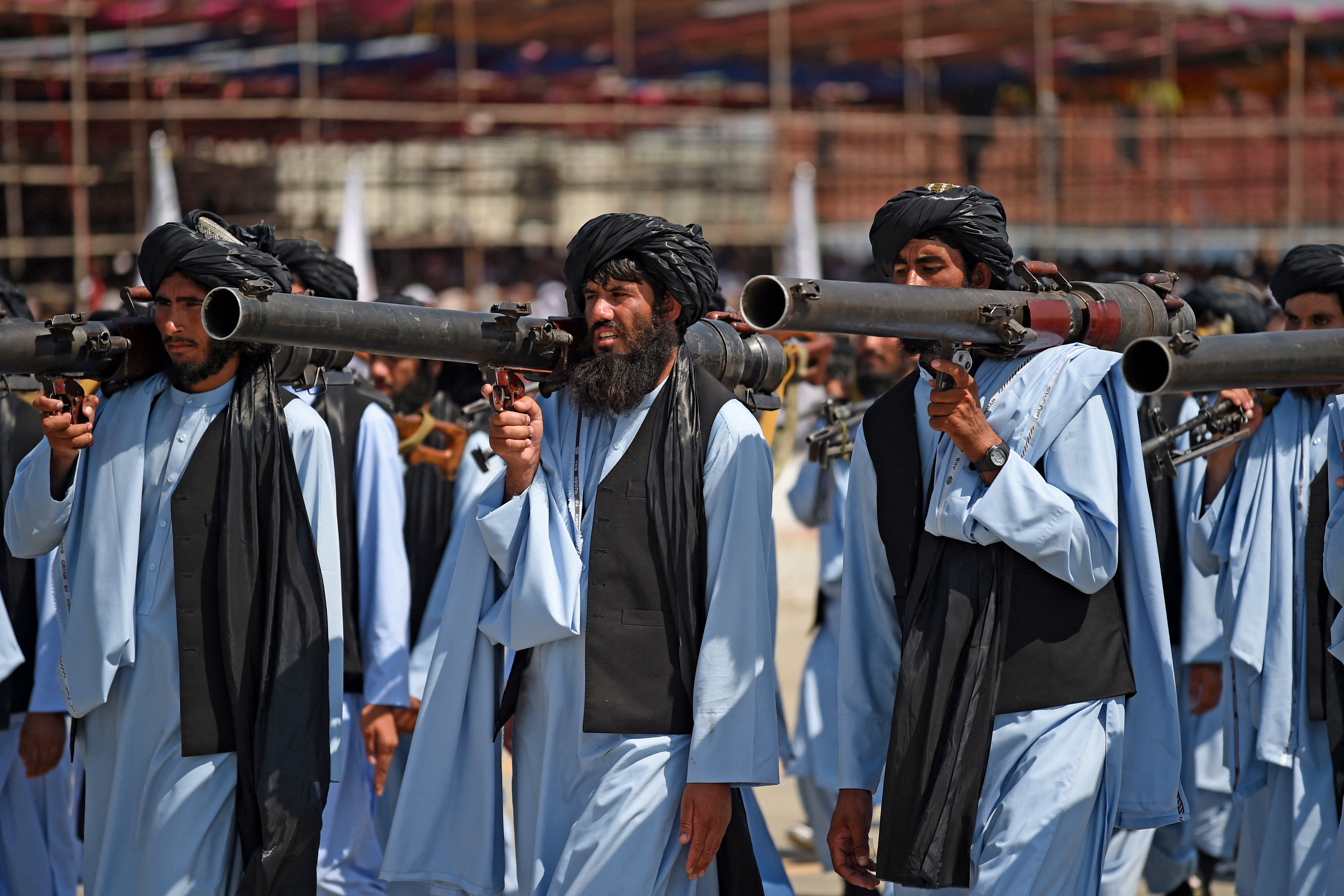
Between 2017 and 2018, Zia Saraj led a crackdown on al-Qaeda operatives; it saw more than 400 detained. During interrogations, he says, these captives described ongoing plots to target the West, being hatched by hundreds of commanders and fighters still in hiding.
“Soon after [the Taliban] took everything, al-Qaeda members brought their families inside Afghanistan,” Zia Saraj, now a visiting professor at the war studies department at King’s College London, tells The Independent.
“The biggest example was Zawahiri [when] he was there in Kabul, and I have heard that many of them brought their families back [to Afghanistan].
“And why not? This is the safest place for them on this planet. They are not just terrorist groups, they have families married into each other.”
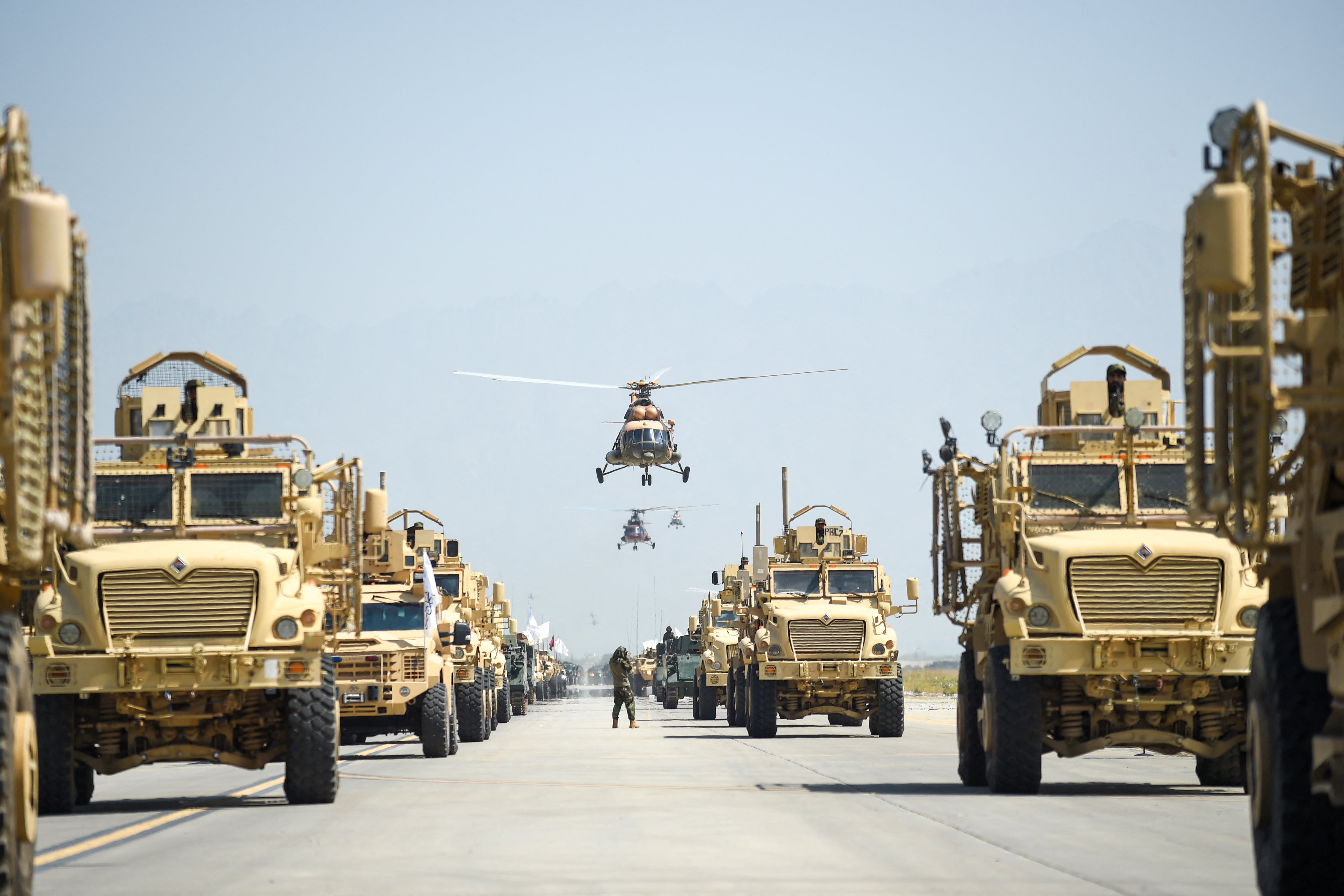
Since it seized power in Afghanistan on 15 August 2021, the Taliban has moved not only to eradicate women’s rights and access to school and the workplace, but also to downgrade the availability of formal education in general. This has left hundreds of thousands of children and young people vulnerable to recruitment to extremist groups. At the same time the country is awash with weapons, leftovers of two decades of war.
“It’s a very attractive place for them to be there, now in Afghanistan,” Zia Saraj says. “Their own world.”
A recent report posits that Osama Bin Laden’s brother, Abdullah Bin Laden, and an unspecified number of his sons are among those who have returned to Afghanistan since the Taliban takeover. It was compiled by Lieutenant General Sami Sadat, a three-star general who served as deputy chief of the general staff in the Afghan National Army before the collapse of the Nato-allied Ashram Ghani administration.
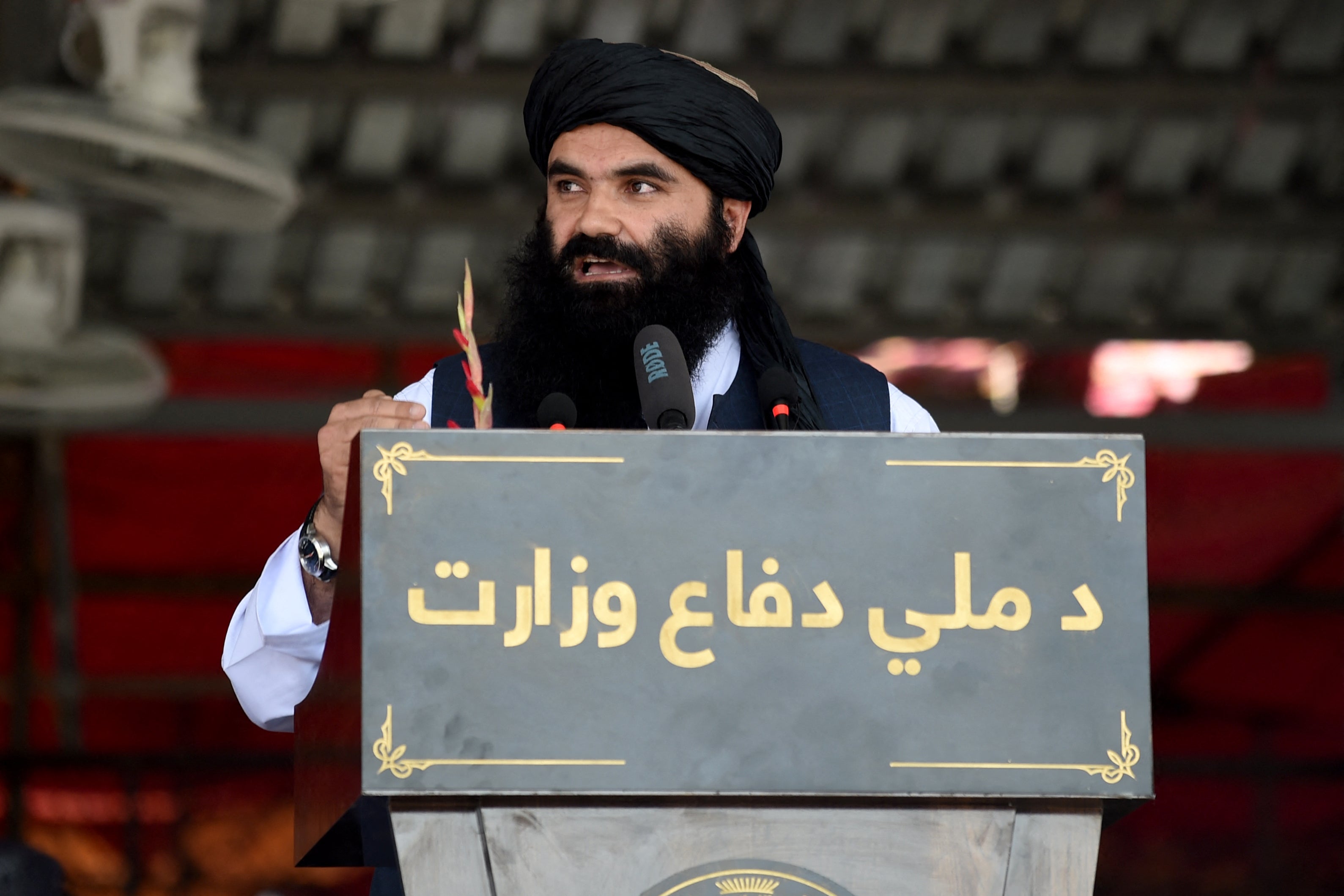
“Over the past 26 years, the Taliban have been the primary force sustaining al-Qaeda, providing protection to leaders like Bin Laden and Zawahiri, and nurturing the next generation of terrorist leaders such as Abdullah bin Laden in Afghanistan,” the report says.
Sadat claims Fathullah Mansoor, the head of the Taliban’s civil aviation authority, is a key point of contact for al-Qaeda within the new de facto regime. He is said to be the one who approves the time, location and routes for senior al-Qaeda leaders – including Bin Laden family members – living and travelling throughout Afghanistan.
Sadat and Zia Saraj both spent years fighting the Taliban and are now based abroad, and it is impossible to verify their claims on the ground in an environment that is tightly controlled by the Taliban. But they both make the same point – that the West has lost focus on what is happening in Afghanistan, with active wars having since broken out in Ukraine and Gaza. “Seeing all the activities in Afghanistan, it is moving in a very dangerous direction,” warns Zia Saraj.
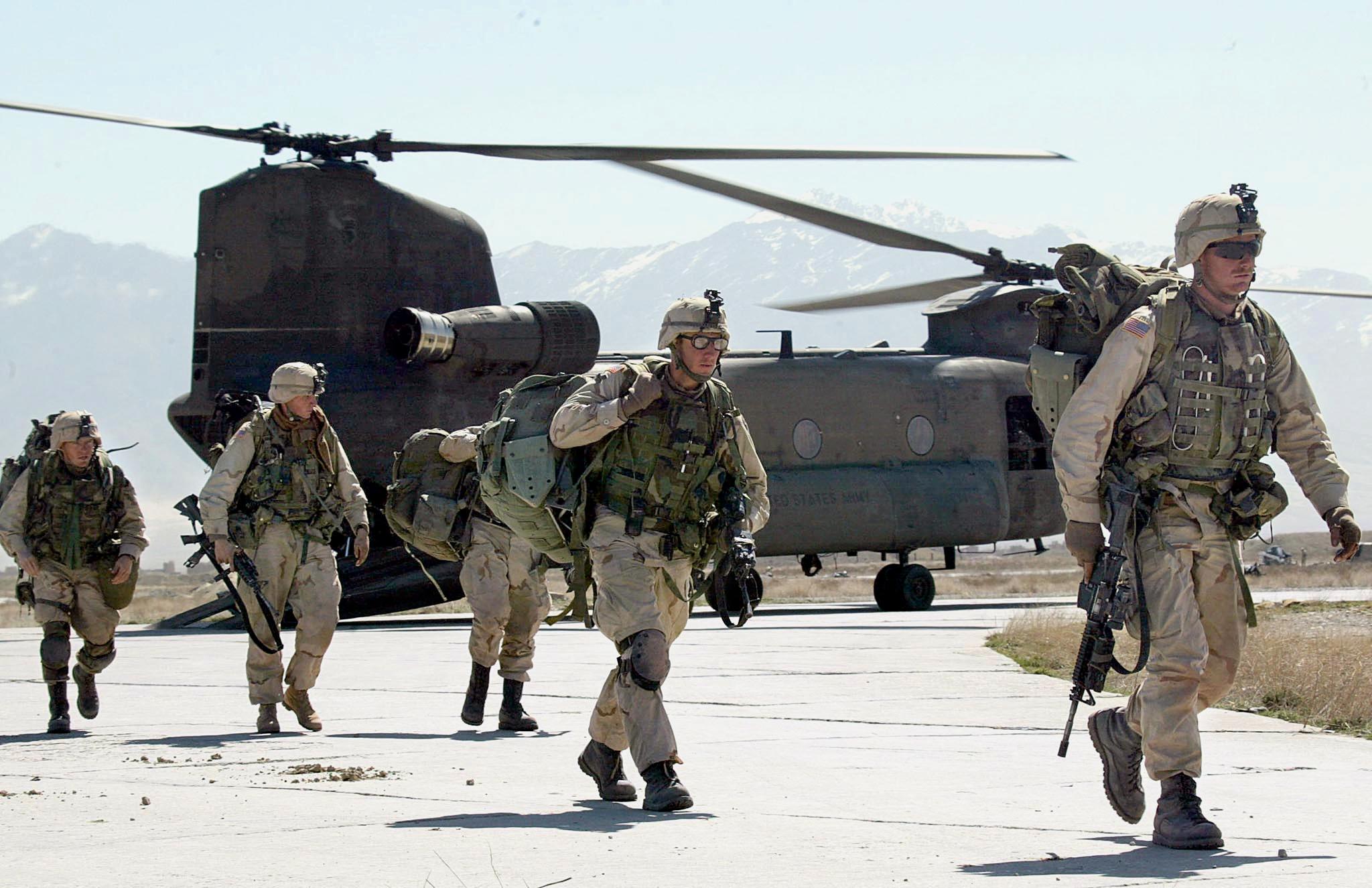
Qais Alamdar, a German-based open source intelligence researcher monitoring Afghanistan’s satellite imagery and ground reports, says that while it is impossible to know exactly how many fighters al-Qaeda now has operating in Afghanistan, the threat the group poses has increased since the Taliban takeover.
He says the most plausible places for al-Qaeda to find new footholds are in the mountainous provinces of Kandahar, Ghazni, Wardak and Logar. “These provinces were strongholds of the Taliban over the past couple of years too. There were so many drone strikes in these places compared to the rest of the country.

“These are also the parts of Afghanistan where the sentiments against the former government of Afghanistan and the US are very strong – anti-US, anti-West sentiments are super strong there. Even in the past, the former government had only control of a few districts, not the whole provinces in these regions,” he tells The Independent. “They are close to Kabul too – only two hours drive from Kabul, each of these provinces.”
One moment in June this year that should have served as a wake-up call to the West came with a public announcement by the Iran-based leader Adel of a new al-Qaeda recruitment drive. In it, he called for any fighters who wish “to strike” against Western interests to gather in Afghanistan.
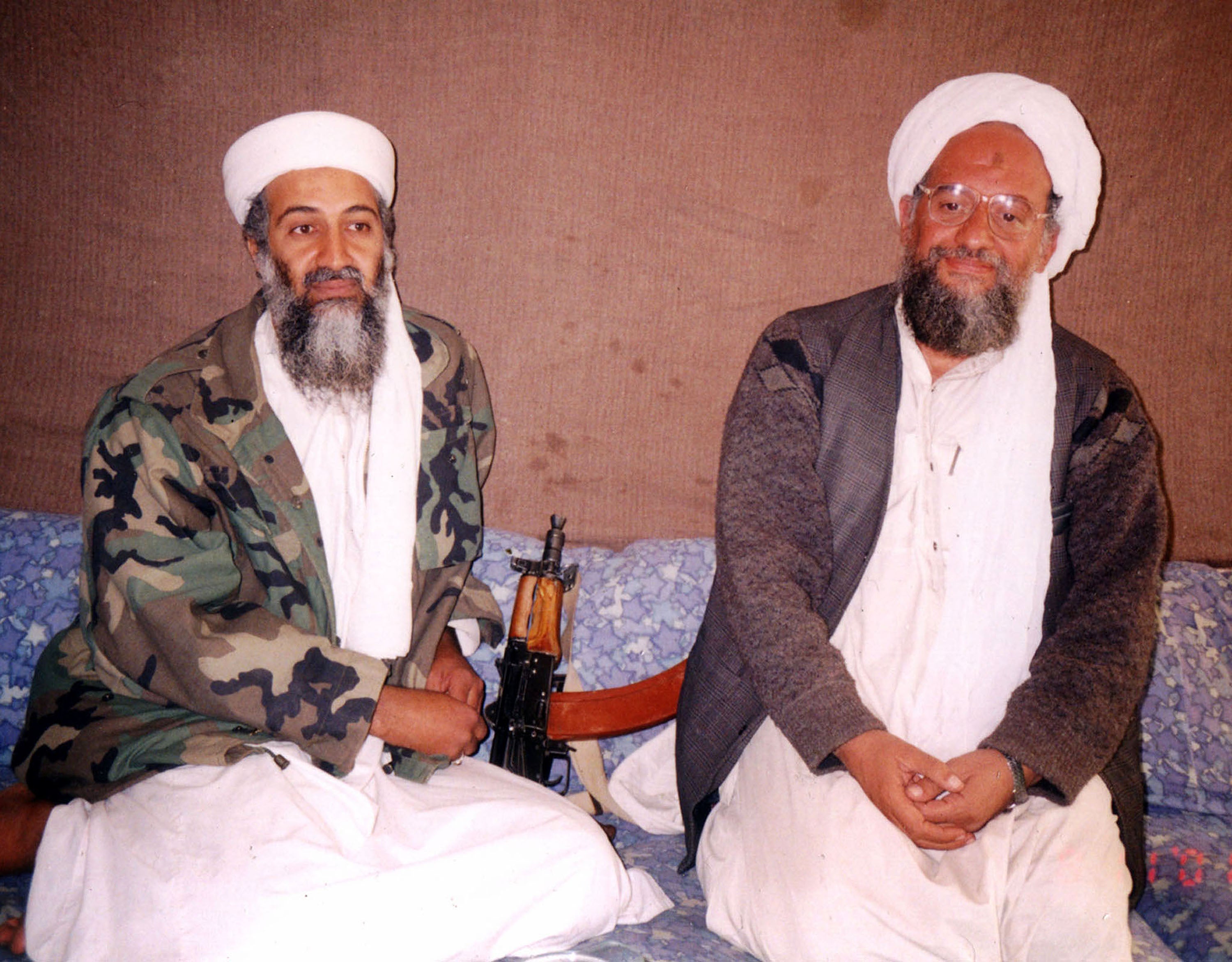
“He issued an open invitation to all of their fighters and all of their affiliates and all of their supporters to come to Afghanistan,” says Sadiq Amini, an expert in public diplomacy and international security, who served with the US embassy till August 2021.
“To come to Afghanistan, to get ready to train and plan in order for them to conduct attacks on the US and their interests in the region.
“That call would not have happened without the approval of the Taliban’s supreme leader Hibatullah Akhundzada. It wouldn’t be possible for them to issue such an open invitation [without it],” says Amini, a non-resident fellow at the Observer Research Foundation in Washington DC.
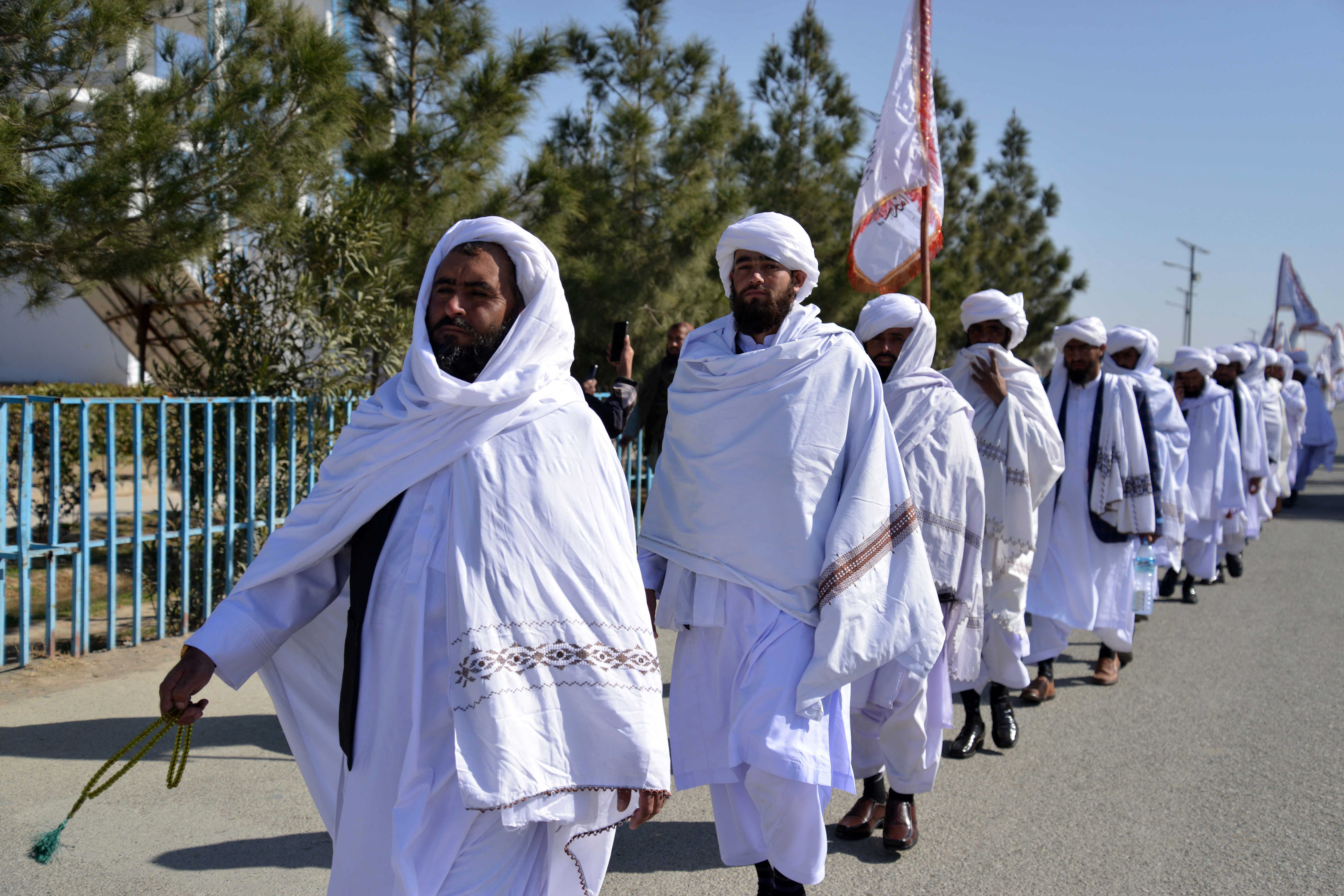
Resistance fighters who continue to oppose the Taliban regime in Afghanistan have for some time been warning of a repeat of a 9/11-style attack on the West if terror groups are allowed to flourish in the country. The National Resistance Front, led by Ahmad Massoud in exile, has been travelling to world leaders in Europe and the US to warn of the threat simmering in Afghan provinces.
Ali Maisam Nazary, the NRF’s foreign relations chief, tells The Independent that these warnings are “not just bluffs and empty words, they are actual warnings for the Western leaders”.
“It’s based on intelligence and credible information that we have on the ground and we see every day ... it’s not only al-Qaeda, it’s different groups in the Afghanistan playground. We’ve estimated there are 21 small, regional and international terror networks who have been building themselves since August 2021,” he says.
Last month a US State Department watchdog found that vetting failures may have allowed as much as $293m of American aid funds to have fallen into the Taliban’s hands in the past three years. That’s out of a total of $2.8bn in humanitarian aid that the US has continued to provide to help the people of Afghanistan.
The NRF has compiled a petition to the US government, urging it to pause aid funding until it can be guaranteed it is not benefiting the Taliban regime.

Shawn Ryan, an ex-US Navy Seal, is taking the NRF’s petition to the US. With more than 272,000 signatures, it is also asking for the NRF’s Massoud to be allowed to testify to Congress about the ground situation in Afghanistan since the American withdrawal.
“US Army veterans spent over 20 years fighting in that war to stop terrorism at ground zero in Afghanistan, and now here we are just a few years past the war – literally funding the exact same terrorists that we spent over two decades fighting,” Ryan tells The Independent.
“When al-Qaeda funded the 9/11 terror attack, Bin Laden did it with $500,000 – just think what the two terrorist groups could do with $239m.”
Join our commenting forum
Join thought-provoking conversations, follow other Independent readers and see their replies
Comments